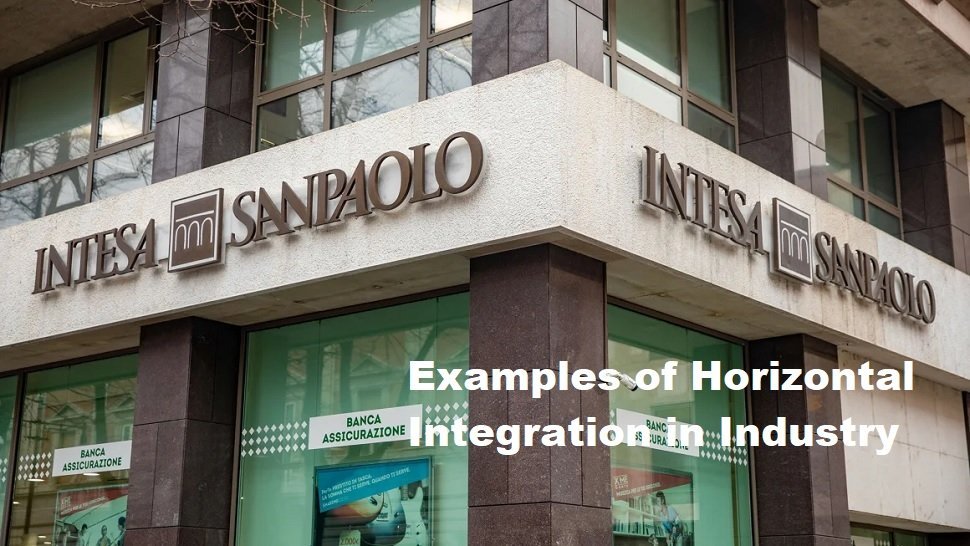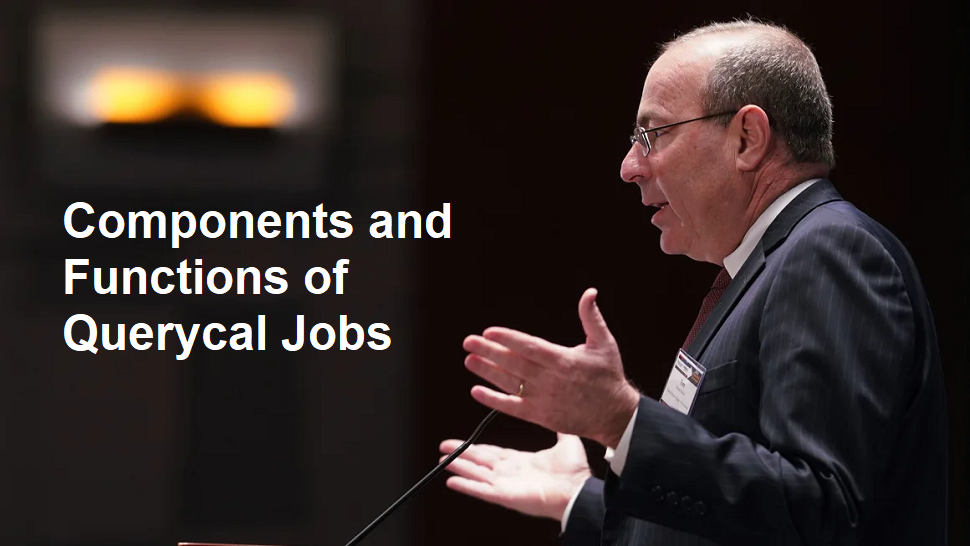Horizontal integration is a business strategy used by companies to expand the market and dominate wider market segments through merging or acquiring similar companies or in the same product value chain. This strategy allows companies to create synergies, increase efficiency, reduce operational costs, and gain competitive advantages. The main goal of horizontal integration is to achieve faster and stronger growth through combining the resources and capabilities of the companies involved. In many cases, this strategy is implemented to eliminate competitors or reduce competition in the market, so that companies can more easily determine prices and increase market share.
The benefits of horizontal integration include diversification of products and services to consumers, because companies can offer various products in the palm of one hand. This allows the company to focus more on marketing and efficiency in production. Apart from that, horizontal integration also makes companies better able to handle economic fluctuations and new competitors entering the market. In the long term, horizontal integration can increase a company’s profitability by increasing efficiency in the production and distribution process and reducing operational costs. Therefore, this is one of the effective ways to strengthen the company’s position and create more value for shareholders. However, it should be noted that horizontal integration may not always create the desired results and can cause problems in terms of organizational culture, human resource management, and social responsibility.
Horizontal Integration Process
The first step in the horizontal integration process involves identifying opportunities in the market. Companies must determine the sectors or industries relevant to their business, where they can create synergies and generate mutual benefits. Then, the company needs to conduct in-depth research on potential competitors that it can acquire or merge with. This analysis will provide insight into their capabilities, market position and growth potential. After finding the right target, the company must plan an efficient and effective merger strategy. This includes coordination between the management teams of both companies, as well as the application of necessary permits and legal approvals. Next, companies must develop a transition plan that includes the integration of technology systems, finance, operations, and organizational structure.
Factors that influence the success of horizontal integration include the compatibility between the two merging companies. Business policies, work culture, organizational values, and company vision must be aligned so that the integration process runs smoothly. In addition, open and honest communication between the management team and human resources is key to overcoming uncertainty and carrying out a successful transition. The success of horizontal integration is also influenced by a good understanding of the market and competition. Rapid changes in today’s business environment require companies to remain responsive to customer needs and market dynamics. Therefore, companies must continue to monitor business developments and consider this integration as the first step in improving operations, customers, and product or service innovation processes.
Examples of Horizontal Integration in Industry
In the technology industry, horizontal integration is often encountered when large companies acquire or merge with other companies that have complementary products or services. An example is when Google bought YouTube in 2006 to include the video sharing platform in its product portfolio. Through horizontal integration, companies in the technology industry can gain various benefits, including access to innovative technology, use of brands that are already popular, as well as creating operational synergies such as reducing production and research costs. Additionally, the acquisition process also helps companies eliminate competitors and strengthen their position in the market.
Horizontal integration can also be found in the food and beverage industry. Some examples include when a beverage manufacturing company such as Coca-Cola acquired the Smartwater mineral water brand business, where the main aim was to add to its product portfolio and leverage an already well-known brand in the market. Multinational companies such as Nestle and Unilever also often involve horizontal integration strategies in an effort to diversify products and adapt to changing consumption trends in various countries. Horizontal integration in the food and beverage industry brings several benefits, such as increasing the purchasing power of raw materials, more efficient product distribution, and efficient use of production facilities. This strategy also allows companies to reach a wider range of customers through developing distribution channels or using brands that are recognized by consumers. Additionally, horizontal integration helps food and beverage businesses to reduce risks associated with market price fluctuations or raw material supply disruptions.
Impact of Horizontal Integration on Markets and Competition
Horizontal integration has a significant impact on markets and competition. One of the positive effects of horizontal integration is increased efficiency in the production and distribution process. When companies operating in the same industry join forces, they can leverage each other’s resources and capabilities to improve operational efficiency. Integration can produce synergies that can reduce production costs, allowing companies to offer high-quality products at lower prices to consumers. Additionally, horizontal integration can lead to increased innovation within an industry. Integrating companies often have access to technology or resources that can incorporate further research and development. This makes companies more effective in creating new products or services, encouraging competition among companies and providing better choices for consumers.
On the other hand, there are regulatory risks and concerns regarding horizontal integration. Sometimes, horizontal integration can reduce the number of competitors in the market, thereby creating monopoly or oligopoly conditions. In such situations, large companies dominated by a few key industries have significant market power, which allows them to regulate prices and reduce the quality of products or services to consumers. Because of this, regulatory authorities such as the Business Competition Supervisory Commission (KPPU) often evaluate horizontal integration to ensure that they do not harm competition.
Additionally, another concern related to horizontal integration is the potential for unfair use of information. When companies merge through horizontal integration, they may have access to sensitive information about competitors or consumers. Therefore, they may use this information to their advantage in unethical or illegal ways, such as selling the data to third parties or using the data to harm competitors. To address the aforementioned risks, regulatory authorities should cooperate with relevant industries in monitoring and enforcing rules that limit unethical or anti-competitive practices. In addition, strict law enforcement and effective preventive measures must be implemented to protect consumer rights and maintain the balance of power in the market. In the long term, these steps will ensure that horizontal integration has a positive impact on the market and provides benefits while maintaining healthy competition between companies.












